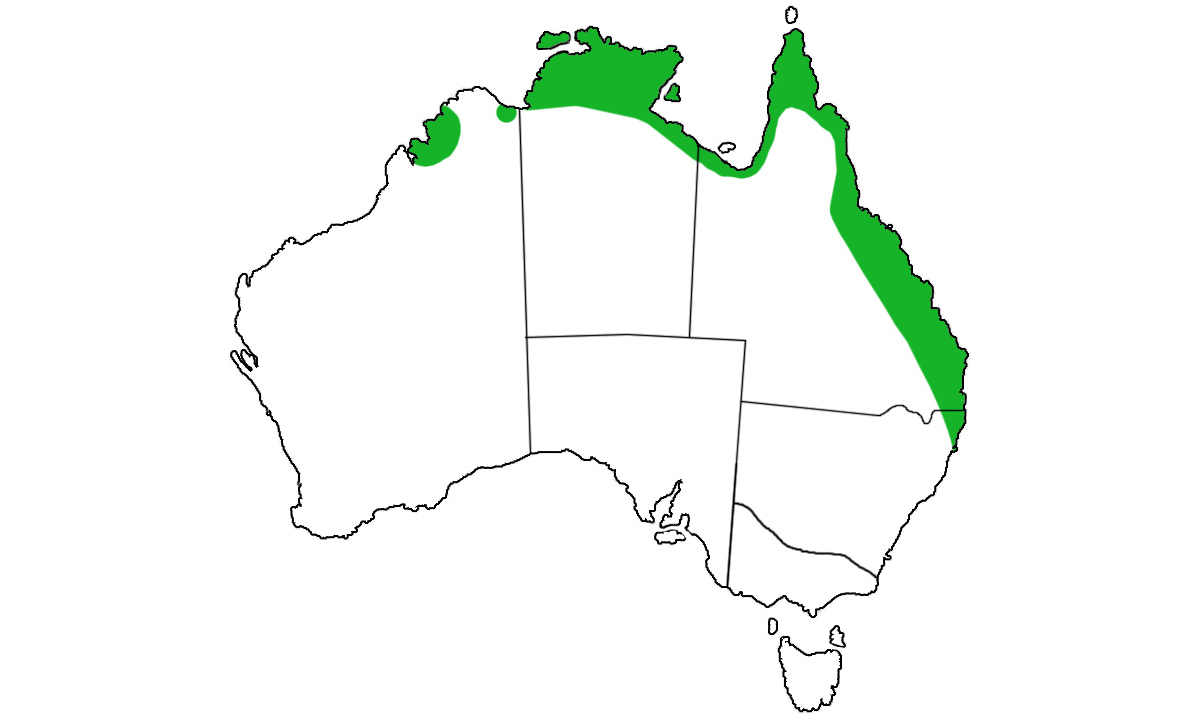Isoodon macrourus or the northern brown bandicoot
The northern brown bandicoot eats insects and spiders but will also eat berries, seeds and some plant material. They live in a number of habitat types but prefer to hang out in areas of low and dense ground cover. Northern brown bandicoots spend their days in hidden nests and sometimes in hollow logs and under grass tussocks. They come out at night to forage, often digging small conical shaped holes in the ground when looking for food.
The males northern brown bandicoot is larger than females and have a gland behind the eat that it uses to mark the ground and vegetation. They breed at different times of the year depending on the region in which they live. They can have up to seven babies at a time (they have eight teats), but usually only have two to four in a litter. Young are weaned after about 60 days.
Although northern brown bandicoots can have a high reproductive rate, they have become extinct in areas of development, farming and grazing.
Did you know...
- The northern brown bandicoot eats insects and spiders but will also eat berries, seeds and some plant material.
- They come out at night to forage, often digging small conical shaped holes in the ground.
- All bandicoots are marsupials (like koalas and kangaroos), not rodents (like rats and mice).
- Males are larger than females and have a gland behind the eat that they use to mark the ground and vegetation.
- They breed at different times of the year depending on the region in which they live. They can have up to seven
- babies at a time, but usually only have two to four in a litter.
Where to spot the Northern Brown Bandicoots in Australia:


